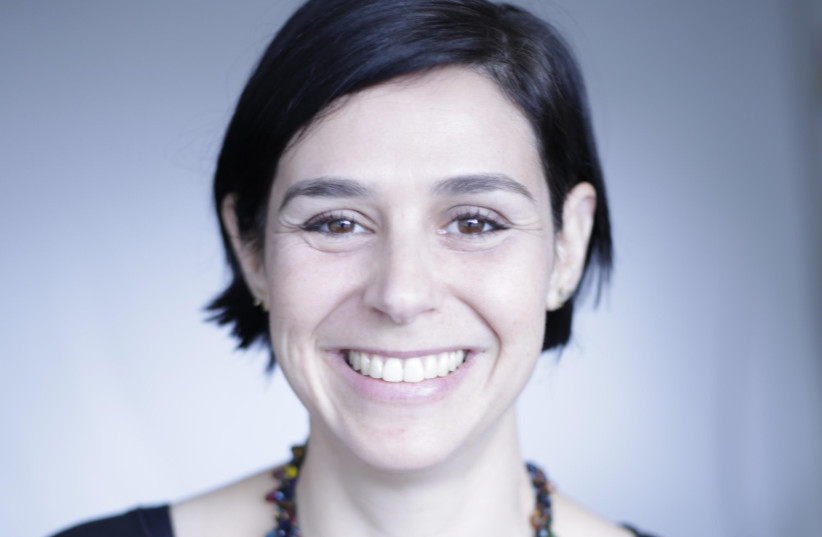Most contemporary works of art are hung in museums. A unique sculpture entitled “Impossible Object” resulting from a collaboration between physicist Dr. Yasmine Meroz of Tel Aviv University (TAU) and contemporary artist Liat Segal can exist only in outer space.
The work poetically uses microgravity physics as a medium for groundbreaking contemporary art. Launched last April to the International Space Station (ISS) in April 2022 as part of the first private mission to the ISS (AX-1), the sculpture was activated and documented while orbiting 420 kms. above Earth. It is one of the few contemporary artworks ever made for and sent to outer space.
It is made of water, with a three-dimensional form that doesn’t get its shape from any vessel and as such cannot exist on earth, but only in outer space in the absence of gravity. The sculpture is built as a composition of brass rods and tubes, resembling a wavy staircase with no directionality, through which water flows.
With no gravity to direct it downwards, the water sticks to the sculpture’s metal structure, forming a dynamic three-dimensional liquid composition shaped by water’s surface tension coupled with adhesion forces that make it cling to structures.
The work questions shape and form: In the absence of gravity, what is the shape of a piece of sea or a handful of waves? As space tourism becomes tangible and no longer focuses solely on technological and scientific goals, Segal and Meroz explained that the sculpture reflected on the place of culture and art in our lives, on Earth and beyond.

The science behind the sculpture
The outcome of this first-of-its-kind artistic experiment in outer space surprised even its creators, who had speculated that the water would enfold the sculpture and that the liquid’s shape would echo the structure’s wavy form.
In practice, the water formed a few large spheres gently attached to the sculpture, with their shape and motion affected by the underlying structure. In addition, the large drops acted as lenses, encasing reflections from the space station’s surroundings. Multiple parameters influence these behaviors, some depending on physical properties and others on activation in space. In this sense, accepting the loss of control and the passion for unveiling the unknown, are an inherent part of the artwork.
Meroz and Segal first met at TAU during their masters of science degree studies, but their life trajectories diverged when Yasmine chose to pursue an academic career as a researcher and Liat’s path shifted to fine arts. Years later, they were reunited when TAU’s Genia Schreiber University Art Gallery commissioned their first joint artwork, which they named “Tropism.”
Today they are both enthusiastic advocates of art-science collaborations, regarding them as “fairy dust” that ignites new ideas in both science and art. As leaders in their fields, they hope that ‘Impossible Object’ – the first artwork in outer space ever created by two women – will inspire many other women to pursue their dreams.
